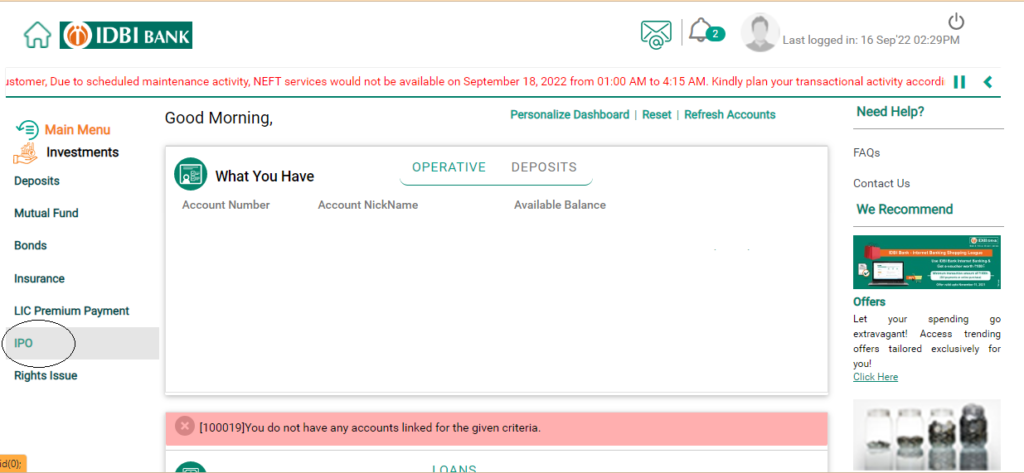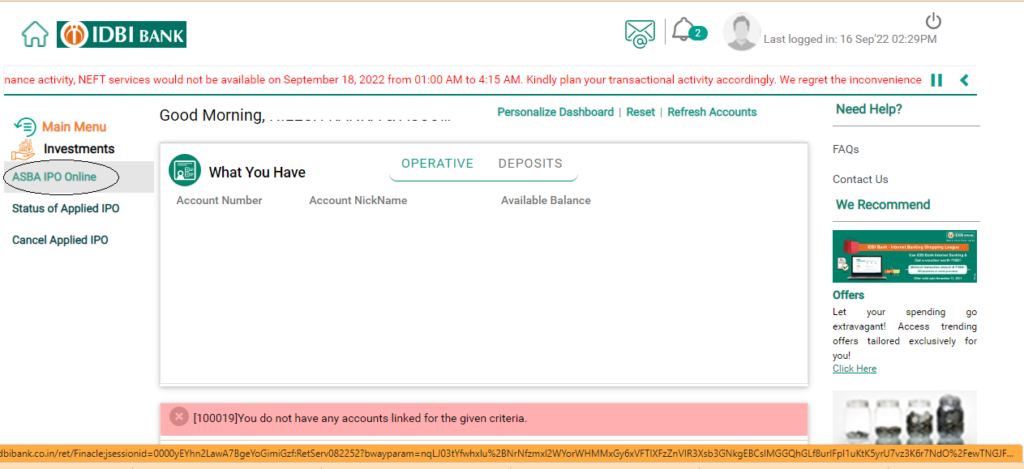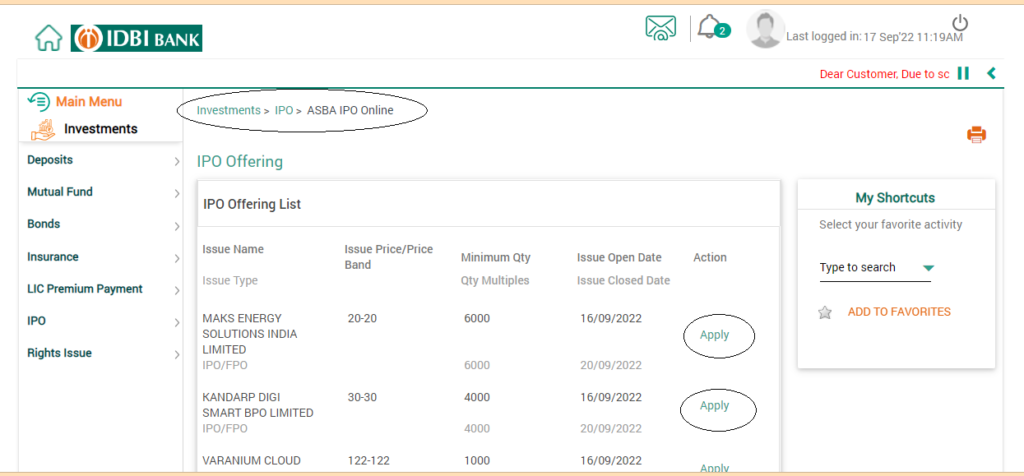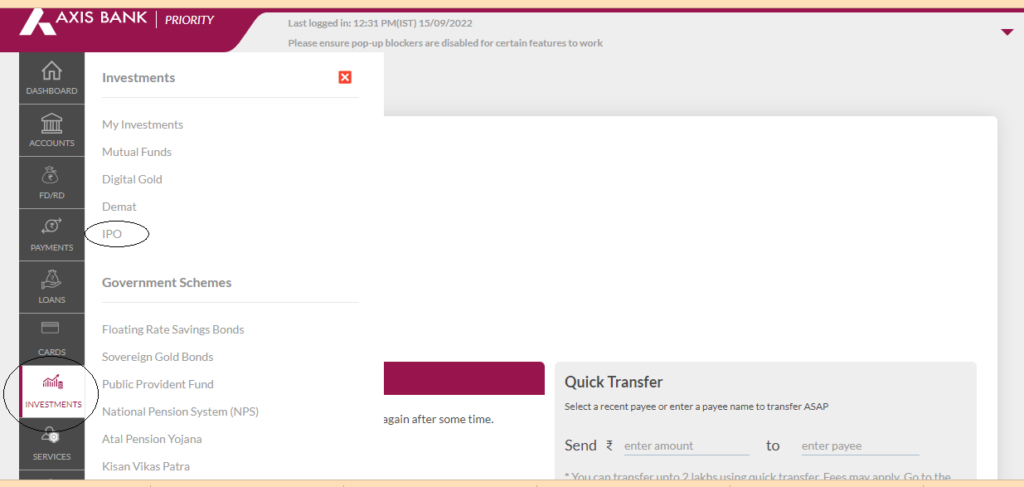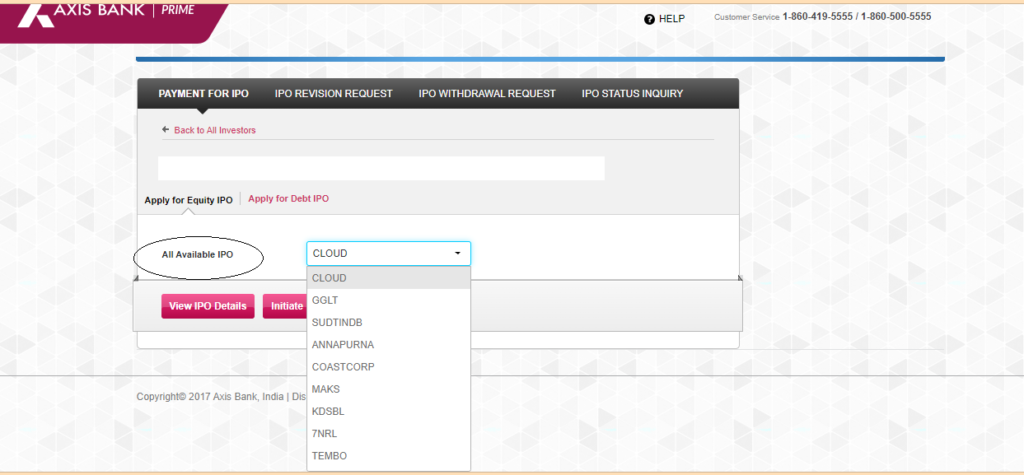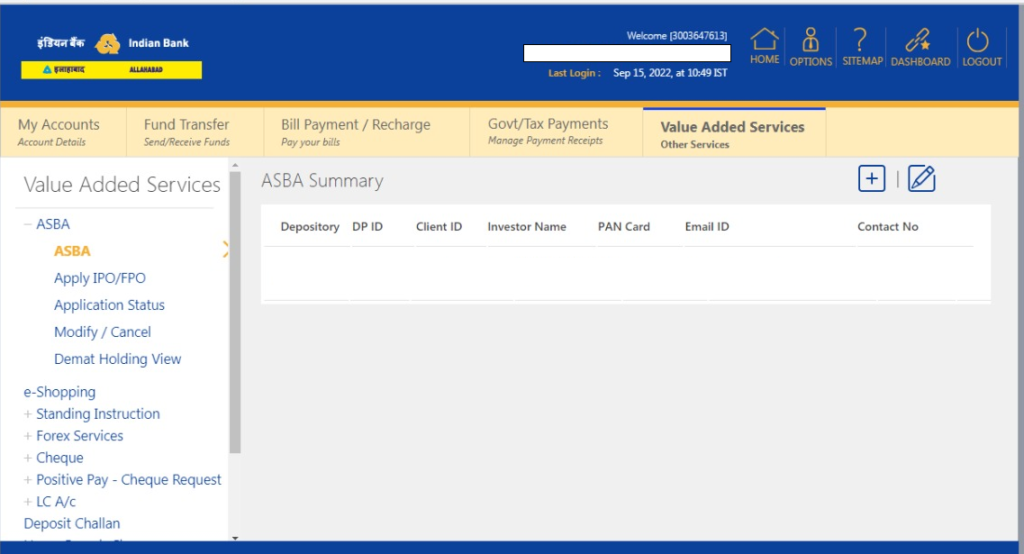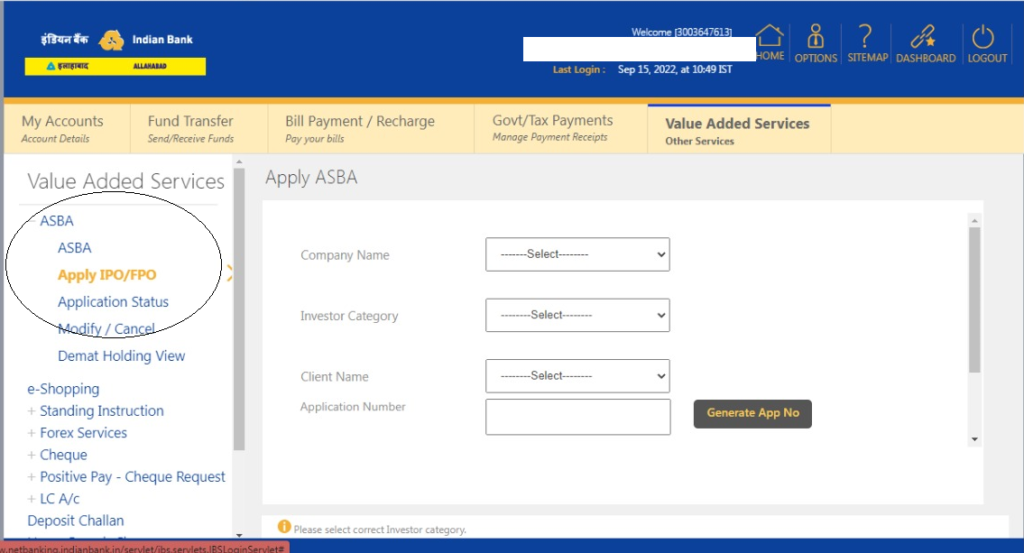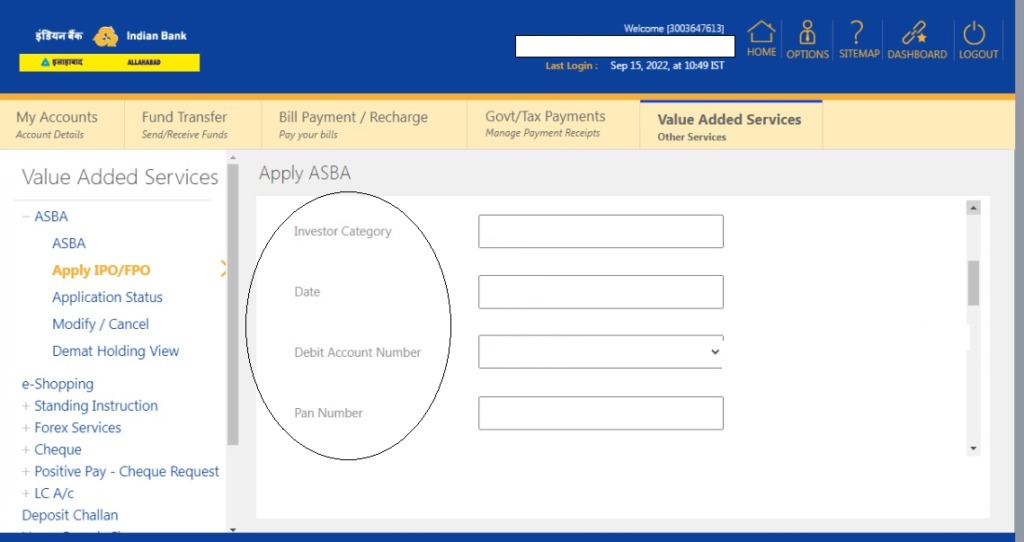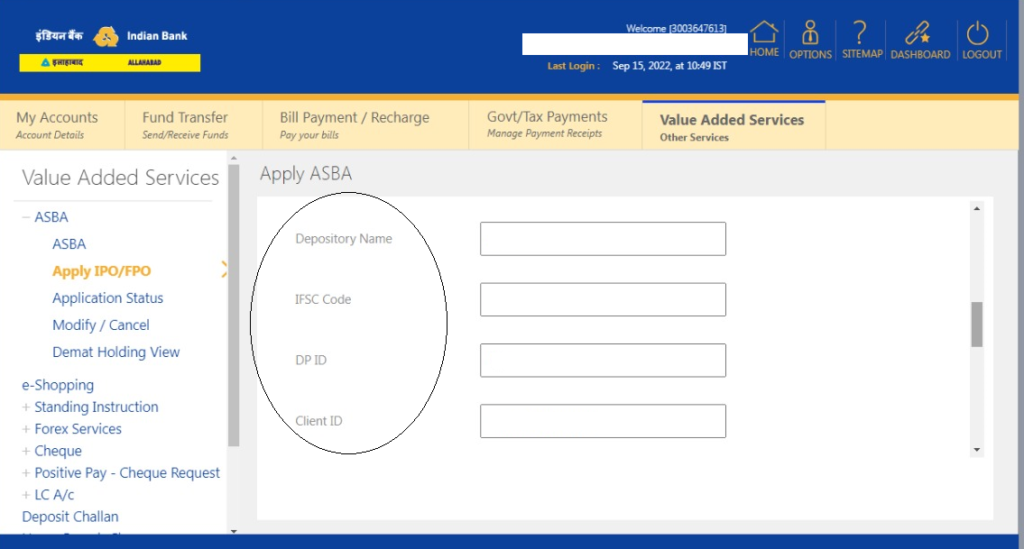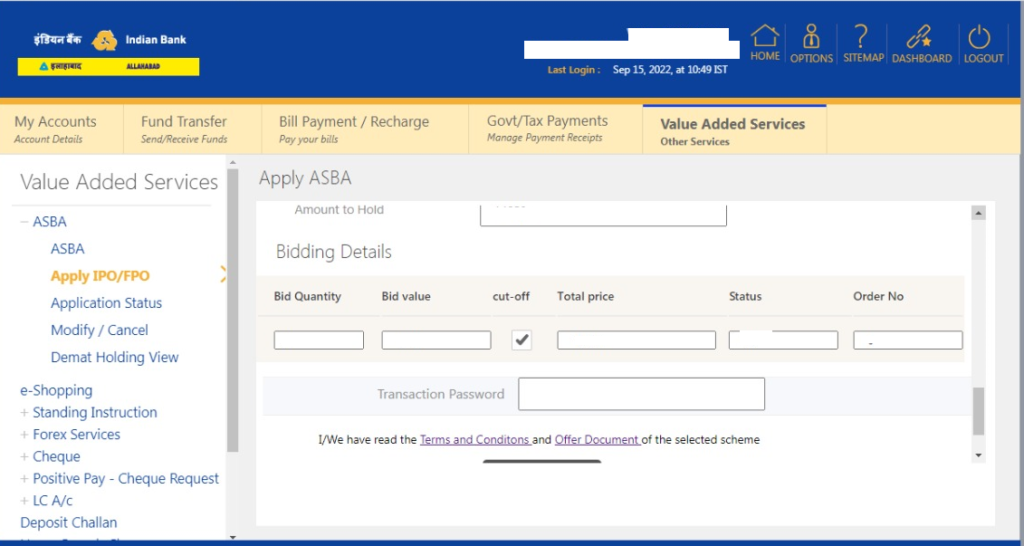Introduction
Salaried individuals who engage in stock trading or Futures & Options (F&O) transactions often have queries about income tax return filing, applicability for maintaining Books of Accounts and the applicability of tax audit on F&O transactions. This guide provides an in-depth analysis based on the latest provisions under the Income Tax Act, 1961.
Understanding Trading Transactions for Taxation
Trading in stocks or F&O can be broadly classified into two categories:
- Speculative Business Transactions
- Non-Speculative Transactions (F&O Trading)
1. Speculative Transactions:
As per Section 43(5) of the Income Tax Act, a speculative transaction is one where the purchase and sale of stocks or commodities are settled without actual delivery. Intraday trading in equities falls under this category.
2. Non-Speculative Transactions (F&O Trading):
F&O trading, including commodity derivatives on recognized stock exchanges, is treated as non-speculative business income even though no physical delivery takes place.
Applicability of Tax Audit for F&O Trading
Since F&O trading is considered business income, tax audit provisions under Section 44AB apply similarly to any other business income. Understanding the turnover limits and profit declaration rules is crucial for compliance.
When is Tax Audit Mandatory?
Tax audit under Section 44AB is applicable in the following cases:
- Turnover up to Rs. 1 crore:
- Tax audit is not required, regardless of profit or loss, provided Section 44AD(4) does not apply.
- Turnover exceeding Rs. 1 crore but up to Rs. 10 crore:
- Tax audit is not required if at least 95% of transactions are digital.
- Tax audit is mandatory if cash transactions exceed 5% of total receipts or 5% of total payments.
Please Note Receipts and payments are calculated separately, not cumulatively.
- Turnover above Rs. 10 crore:
- Tax audit is mandatory, irrespective of profit or loss.
- Presumptive Taxation (Section 44AD) and Tax Audit:
- If a taxpayer opts for Section 44AD, no tax audit is required for turnover up to Rs. 3 crore from Financial Year 2023-24 (Assessment Year 2024-25).
- However, if Section 44AD(4) applies, tax audit is required if the declared profit is less than 6% (digital) or 8% (cash) of turnover, and total income exceeds the basic exemption limit.
Tax Audit for Professionals Under Section 44ADA and F&O Traders
If a taxpayer is carrying on a profession eligible for presumptive taxation under Section 44ADA and simultaneously engaged in F&O trading, the tax audit requirement is determined separately for each activity:
- For F&O trading, tax audit is applicable as per Section 44AB turnover limits discussed above.
- For professionals under Section 44ADA, tax audit is applicable if gross receipts exceed Rs. 75 lakh from Financial Year 2023-24 (Assessment Year 2024-25).
- If both activities are carried out simultaneously, each must be evaluated independently for tax audit applicability.
How to Calculate Turnover for F&O Trading?
Determining turnover for tax audit purposes is essential for accurate reporting. The method of turnover calculation varies based on the type of transaction:
- Futures and Options (F&O) Trading: Turnover is calculated as the sum of absolute values of profits and losses from each squared-off trade during the financial year.
- Options Trading: If an options contract is physically settled, the premium received on the sale is included in turnover computation.
Turnover Calculation as per ICAI Guidance Note: The calculation of turnover for tax audit purposes is guided by ICAI’s Guidance Note on Tax Audit. This method ensures uniformity in turnover computation and compliance with audit requirements.
Understanding the 5% Cash Transaction Clause Under Section 44AB
For businesses with turnover between Rs. 1 crore and Rs. 10 crore, tax audit is not required if cash receipts and cash payments do not exceed 5% of total transactions. This is computed separately as follows:
- Aggregate of all cash receipts, including sales, should not exceed 5% of total receipts.
- Aggregate of all cash payments, including expenses, should not exceed 5% of total payments.
If either of these conditions is violated, tax audit becomes mandatory.
Examples for Clarity
Example 1: Turnover Calculation for F&O Trading
- A trader has the following transactions:
- Profit from Trade 1: Rs. 1,50,000
- Loss from Trade 2: Rs. 75,000
- Profit from Trade 3: Rs. 50,000
- Loss from Trade 4: Rs. 1,25,000
- Total absolute turnover = 1,50,000 + 75,000 + 50,000 + 1,25,000 = Rs. 4,00,000
- Since turnover is below Rs. 1 crore, no tax audit is required unless Section 44AD(4) applies.
When is Books of Accounts Mandatory to maintain?
The Income Tax Act has specified the books of accounts that are required to be maintained for the purpose of Income Tax. These have been prescribed under section 44AA and Rule 6F.
In case business/profession is being carried out by the individual or HUF the limits are increased as under:
a. For Income – Limit is Rs. 2,50,000
b. For Turnover/Gross Receipt – Limit is Rs. 25,00,000
Tax Benefits on Losses in F&O Transactions
Losses incurred in Futures & Options (F&O) transactions can be set off against rental or interest income. Any unadjusted losses can be carried forward for up to eight years and offset against future business profits, including profits from F&O transactions.
Is Declaring F&O Loss in the Income Tax Return is Mandatory
Many taxpayers, particularly salaried individuals engaged in F&O trading, often fail to report these transactions in their income tax returns. This omission may occur due to ignorance, but it is crucial to note that reporting all sources of income is a legal requirement.
Brokers are mandated to report all security transaction details to the Income Tax Department by filing a Statement of Financial Transactions (SFT) annually. Non-disclosure of F&O transactions can attract scrutiny from the department, resulting in notices for non-compliance and potential penalties for failure to maintain books of accounts and non-filing of the required tax audit report along with the income tax return.
Notice Under Section 139(9) of the Income Tax Act (Defective Return)
Failure to furnish a Balance Sheet and Profit & Loss Account when required can lead to receiving a notice under Section 139(9) from the Centralized Processing Centre (CPC) of the Income Tax Department. The notice typically states:
“The assessee has claimed loss under the head ‘Profits and Gains of Business or Profession’; however, a Balance Sheet and Profit & Loss Account must be provided. If the assessee falls under Section 44AD/44AE/44ADA, the books of account must be audited if the income offered is below the prescribed limits as per the provisions of the Income Tax Act.”
While an audit is not mandatory if the turnover is below INR 1 crore, the income tax return must be duly filed with a complete Balance Sheet and Profit & Loss Account under Section 139 of the Income Tax Act.
Table in Glance:
| Scenarios | Opted for 44AD | Declaring Profit | Remarks |
| 1 | Yes (Turnover is less than Rs. 2Cr.) | According to 44AD | Neither require to maintain books of accounts nor audit. |
| 2 | Yes (Turnover is less than Rs. 2Cr.) | Less than 8% or 6% as the case may be or declaring loss. | Require to maintain books of accounts and audit. |
| 3 | No (Turnover is less than limit given u/s 44AB) | Profit or loss whatever is the case. | No audit, maintain books of accounts if limit of 44AA is crossed. |
| 4 | No (Turnover is more than limit given u/s 44AB) | Profit or loss whatever is the case. | Audit and maintaining books of accounts is mandatory. |
Note: In all the cases of loss audit is not mandatory. It depends case to case. But in general practice and to deal with future litigation this practice followed.
For the latest update on F&O Turnover definition read DEFINITION IN TURNOVER WITH DIFFERENT LAWS – Consult CA Online
Disclaimer: This article is solely for educational purpose and cannot be construed as legal and professional opinion. It is based on the interpretation of the author and are not binding on any tax authority. Author is not responsible for any loss occurred to any person acting or refraining from acting as a result of any material in this article.














